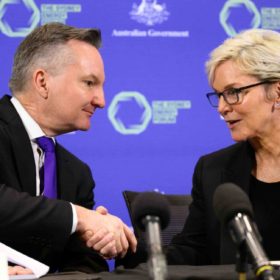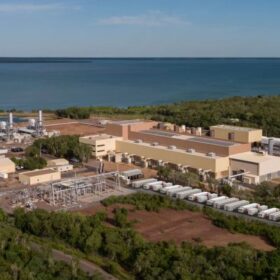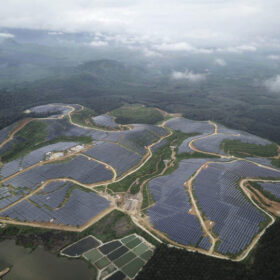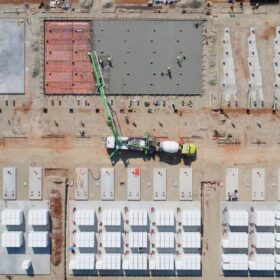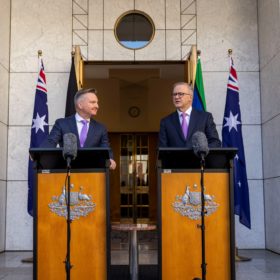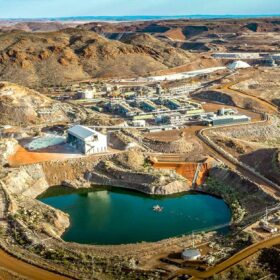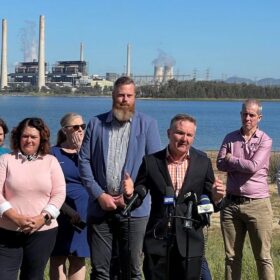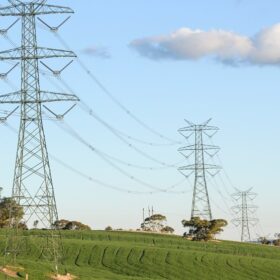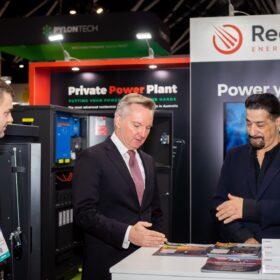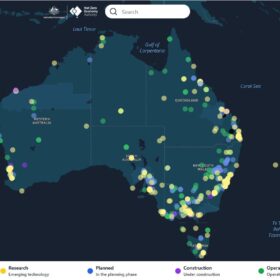Why Australia needs friends (and a climate AUKUS) to reach its climate goals
AUKUS has been widely hailed as Australia’s largest-ever defence investment and the Quad as a new focus for defence strategy – but what do they mean for our energy landscape? SMA’s Joshua Birmingham argues it’s time to look beyond defence cost and grow our relationships to fight the climate change war.
Territory targets ‘renewable energy hub’ with budget spend
The Northern Territory government has committed $12 million (USD 8.05 million) in its latest budget to accelerate the development of a “sustainable” industrial hub that will be largely powered by renewables as it looks to continue the overhaul of its electricity system.
Malaysia opens its renewable energy market to PPAs, cross-border trade
The Malaysian government is developing a new strategy to expand renewable energy use in the country and also boost the domestic renewable energy industry.
WA backs big batteries to support energy transition
The West Australian government will plough almost $3 billion (USD 2.03 billion) into renewable energy generation, storage and transmission projects with modelling revealing more than 50 GW of new generation and storage capacity will be required in the state’s main electricity grid within the next 20 years.
Clean energy takes centre stage in federal budget, industry reactions
The Albanese Labor government has delivered its 2023 – 2024 budget, placing energy front and centre. The budget takes the government’s total spend on making Australia a renewable superpower to $40 billion (USD 27 billion). While many in the industry have applauded the budget, there are some glaring contradictions.
Australia warned of over-mining risk in rush to secure critical minerals
Australia is at risk of over-mining key transition minerals by relying on “overblown” demand assumptions, according to a new report which warns policy steps to encourage responsible and sustainable use of critical minerals, such as improved battery recycling, are being ignored.
Feds launch national body to seize clean energy opportunities
A new national authority to help plan and coordinate Australia’s transition from fossil fuel production and associated industries to a renewables dominated economy has been unveiled ahead of next week’s Federal Budget.
AMEC targets social licence with transmission planning reform
The Australian Energy Market Commission says the regulatory process for new transmission network projects must be overhauled to strengthen social licence and speed up the multi-billion-dollar expansion of the grid that is critical to the transition from coal to renewables.
Bowen says Budget will back energy storage investment mechanism
Australia’s energy minister has revealed the upcoming Federal Budget will include support for a new revenue underwriting mechanism that is expected to unlock billions of dollars of renewable energy investment and “gigawatts of power” to support the ongoing decarbonisation of the grid.
Budget to deliver $314 million tax cuts to help drive energy transition
Almost four million small and medium-size businesses are set to share in more than $300 million (USD 199 million) in tax cuts with the federal government announcing a new initiative for Australian businesses that invest in electrification and more sustainable and efficient energy systems, including solar and battery energy storage.
